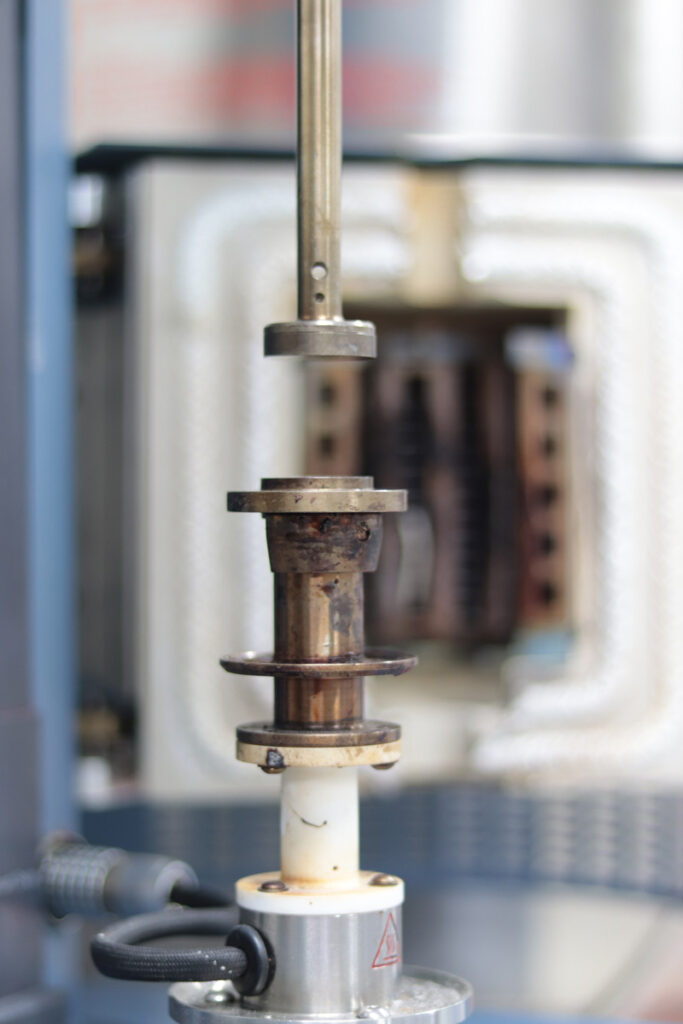Determining the viscoelastic properties of fluids
| investigation method | Determination of rheological properties using a rotational rheometer |
| Device type and equipment | AR 2000 (TA Instruments) |
| functional principle | The liquid or melt is sheared in a narrow measuring gap. The shear stress is obtained from the torque and the measuring geometry, the shear rate from the angular velocity and the geometry, and the viscosity as the quotient of shear stress and shear rate. Elastic material functions are obtained from the axial forces acting perpendicular to the shear plane in the cone-plate and parallel-plate methods. The rotational rheometer allows a variety of different measuring methods to be combined in which either shear stress, shear strain or shear rate can be specified. |
| Typical applications | Plastics, paints and varnishes, resins and adhesives, oils and lubricants, food processing, pharmaceuticals |
| measurement technology | skittle plate, plate plate |
| Norms and standards | DIN 53018, ISO 3210, DIN 54458, DIN 51810, DIN 53019 |
| Requirements for sample | several grams or milliliters |
Example applications for rheology
Rheologie für die Polymeranalytik
Find out more about our expertise in the field of technical security
You can find an overview of further methods in the field of polymer analysis in our encyclopedia – polymer analysis.

